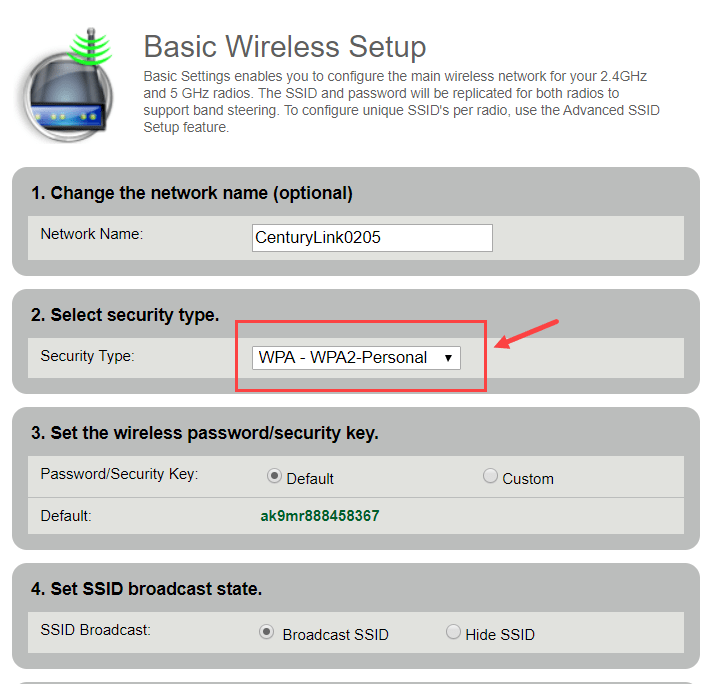
Wireless communication has become an indispensable facet of modern life, with 802.11 standards serving as the backbone for Wi-Fi networks worldwide. Given the growing reliance on these networks, understanding the intricacies of wireless encryption types is paramount for safeguarding sensitive data. Among the various encryption protocols, the question arises: which 802.11 wireless encryption type is the least secure? A thorough exploration reveals that WEP (Wired Equivalent Privacy) is the weakest link in the chain of Wi-Fi security protocols.
Wired Equivalent Privacy, developed in the late 1990s as part of the original IEEE 802.11 standard, was designed to provide a level of security comparable to that of a wired network. However, while it was a pioneering effort at the time, WEP’s architecture presents tremendous vulnerabilities that can be easily exploited. The revelation that WEP is the least secure among the 802.11 encryption types stems from several foundational flaws in its design and implementation.
One of WEP’s most glaring weaknesses is its reliance on static keys. The encryption process utilizes a shared key for all communications, and this key is a mere 40 bits in length. In contemporary cybersecurity landscapes, this length is laughably inadequate. As computational power continues to increase, skimming through a pool of potential keys becomes a trivial endeavor for even moderately sophisticated adversaries. Consequently, a WEP-encrypted network is exceedingly susceptible to brute-force attacks, where hackers can rapidly guess the encryption key through sheer computational brute force.
Furthermore, WEP employs a flawed initialization vector (IV) system. An IV is a random value used in combination with the encryption key to produce unique ciphertext for each packet transmitted. However, WEP’s IV is only 24 bits long, leading to a practical collision of IVs in a busy network. This limitation not only facilitates packet interception but allows attackers to analyze traffic patterns and discover the static key over time. This means that WEP can be cracked in a matter of hours or, in some cases, even minutes.
In contrast, more robust encryption types have emerged, notably WPA (Wi-Fi Protected Access) and its successor, WPA2, which utilize dynamic key management and more secure encryption algorithms. WPA employs Temporal Key Integrity Protocol (TKIP), which provides a rotating encryption key for each data packet, multiplying the difficulty of any potential hacking attempts. WPA2 further strengthens this by implementing the Advanced Encryption Standard (AES), making it exponentially more secure than its predecessors.
An observant individual may wonder why WEP remained prevalent in its time despite its glaring vulnerabilities. The answer lies in the sociocultural environment of the late 90s and early 2000s, when awareness of cybersecurity risks was not as pronounced as it is today. Convenience often overshadowed caution, leading many individuals and organizations to prioritize ease of access over robust security measures. In many instances, WEP training and resources were more readily available than their successor protocols, creating a cycle where users adhered to outdated practices out of habit rather than informed decision-making.
The architectural deficiencies in WEP highlight a common paradox in technology: intuitive systems may gain popularity despite inherent vulnerabilities. In this respect, WEP serves as a cautionary tale, underscoring the importance of evolving security methodologies in an increasingly precarious digital landscape. This phenomenon tends to compellingly resonate within the broader psychological construct of risk perception, leading to a dangerous normalization of insecure practices.
Additionally, the ramifications of WEP’s inadequacies extend beyond individual networks; they raise broader questions surrounding the integrity of ubiquitous technologies. The vulnerabilities present in WEP allow unauthorized users to intercept not just personal data but also more sensitive information, including financial records and business communications. Therefore, the implications of lingering on outdated encryption technologies play a crucial role in perpetuating systemic insecurity at a macro level.
Transitioning from WEP to more secure protocols involves both technological advancement and a shift in user philosophy. Awareness and education surrounding the nuances of wireless security are imperative. Organizations and individuals need to adopt a foundational understanding of current encryption standards and invest in infrastructure that aligns with best practice cybersecurity measures. Additionally, cultivating a culture of cybersecurity mindfulness can mitigate the risk of complacency, guiding users toward more informed and secure behaviors.
Ultimately, as our dependency on wireless networks continues to escalate, a strong commitment to robust encryption methods is non-negotiable. WEP’s classification as the least secure 802.11 wireless encryption type reveals the vulnerabilities inherent in a technology that once seemed revolutionary. The gradual transition toward WPA and WPA2 indicates progress, yet it also underscores the necessity of remaining vigilant in the face of evolving cyber threats.
In conclusion, WEP exemplifies the critical need for continuous adaptation in encryption strategies. The journey from WEP to the more robust WPA and WPA2 reflects an essential maturation in our approach to wireless security. Recognizing the inadequacies of past technologies equips us to better navigate the complexities of modern cybersecurity and protect sensitive information in a world increasingly reliant on wireless communication.
